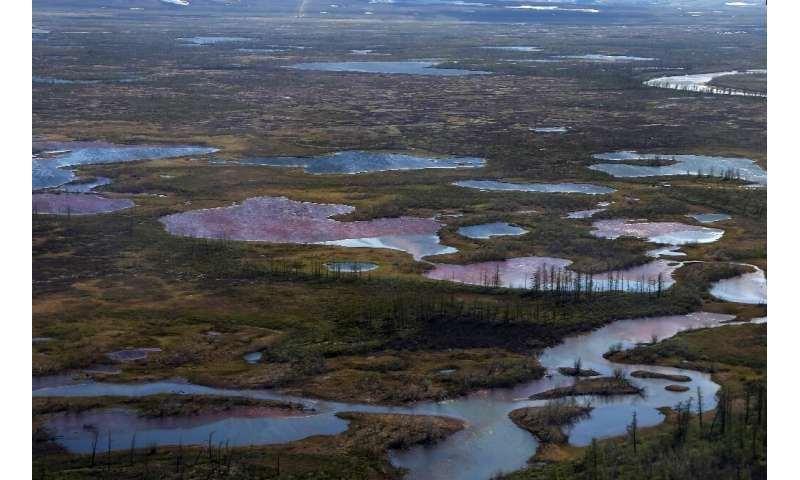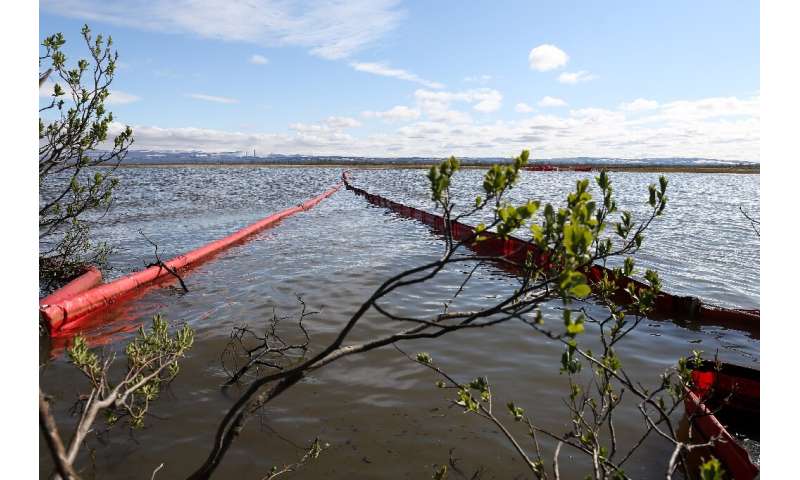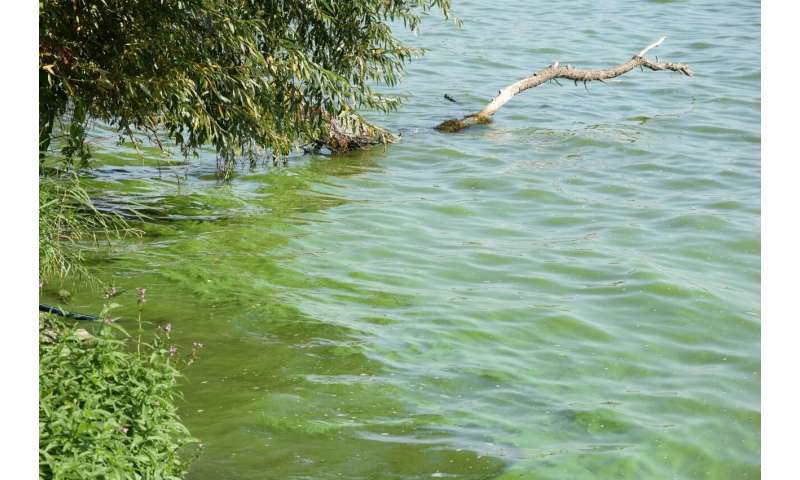Infected insects may warn of impending citrus disease a year in advance

Citrus greening disease (Huanglongbing of HLB), transmitted by the Asian citrus psyllid, is currently the biggest threat to the citrus industry and is threat to many parts of the world, including Asia, Africa, South America, and the Unites States. In Florida alone, citrus greening disease has accounted for losses of several billions of U.S. dollars.
Despite HLB's widespread prevalence, factors influencing the epidemic are poorly understood because most research has been conducted after the pathogen has been introduced. In an attempt to change this, several Texas-based scientists surveyed commercial and residential citrus trees from 2007 to 2017 and monitored the time-course variations in the proportion of citrus trees and the Asian citrus psyllid (ACP).
"Unlike previous studies on citrus greening disease epidemics that were typically initiated in commercial orchards after the disease had been introduced or became widespread in the area, our study commenced 5-years prior to the first detection of the greening bacterium in Texas and continued for 5 additional years," said Olufemi Alabi, one of the scientists involved in this research. "This gave us unique opportunity to obtain a holistic picture of the progression of the disease epidemics from its onset in both commercial and residential ecologies.
Despite the first appearance of citrus greening disease in Florida in 2005, the bacterium wasn't found in Texas until 2011, when scientists detected it in the psyllids. The disease was not detected in citrus years until 2012, suggesting that psyllids may actually be used for early detection of the HLB pathogen in newly invaded areas.
Over the course of this decade-long study, the proportion of infected trees and psyllids increased exponentially over time while the number of fields and residential backyards with at least one disease-affected citrus tree reached 26% and 40% respectively by 2017. Research also revealed seasonal fluctuations and will provide comprehensive insight into the ongoing citrus greening epidemic in Texas, with potential lessons for California and other citrus-growing regions that have not yet been affected.
"Our study suggest that a flatter progression of citrus greening disease epidemics could be achieved through the implementation of strategies to protect new plantings from infection and the continued implementation of the area-wide ACP management program," said Mamoudou Sétamou, the lead author of the article .
This study is good news for Texas farmers, who were alarmed by the rapid spread of citrus greening disease epidemics in Florida and worried that the smaller Texas citrus industry would be quickly overwhelmed once the disease appeared.
"Surprisingly, our research showed that although an exponential growth was observed in progression of infected trees in Texas, the annual rate of increase was relatively slower than reported from Florida. This led us to conduct series of analyses that enabled us to identify potential climatic and cultural factors that may be contributing to the relatively slow spread of citrus greening disease in Texas."
More information: Mamoudou Sétamou et al, Distribution of Candidatus Liberibacter asiaticus in Citrus and the Asian Citrus Psyllid in Texas Over a Decade, Plant Disease (2019). DOI: 10.1094/PDIS-08-19-1779-RE
Provided by American Phytopathological Society










